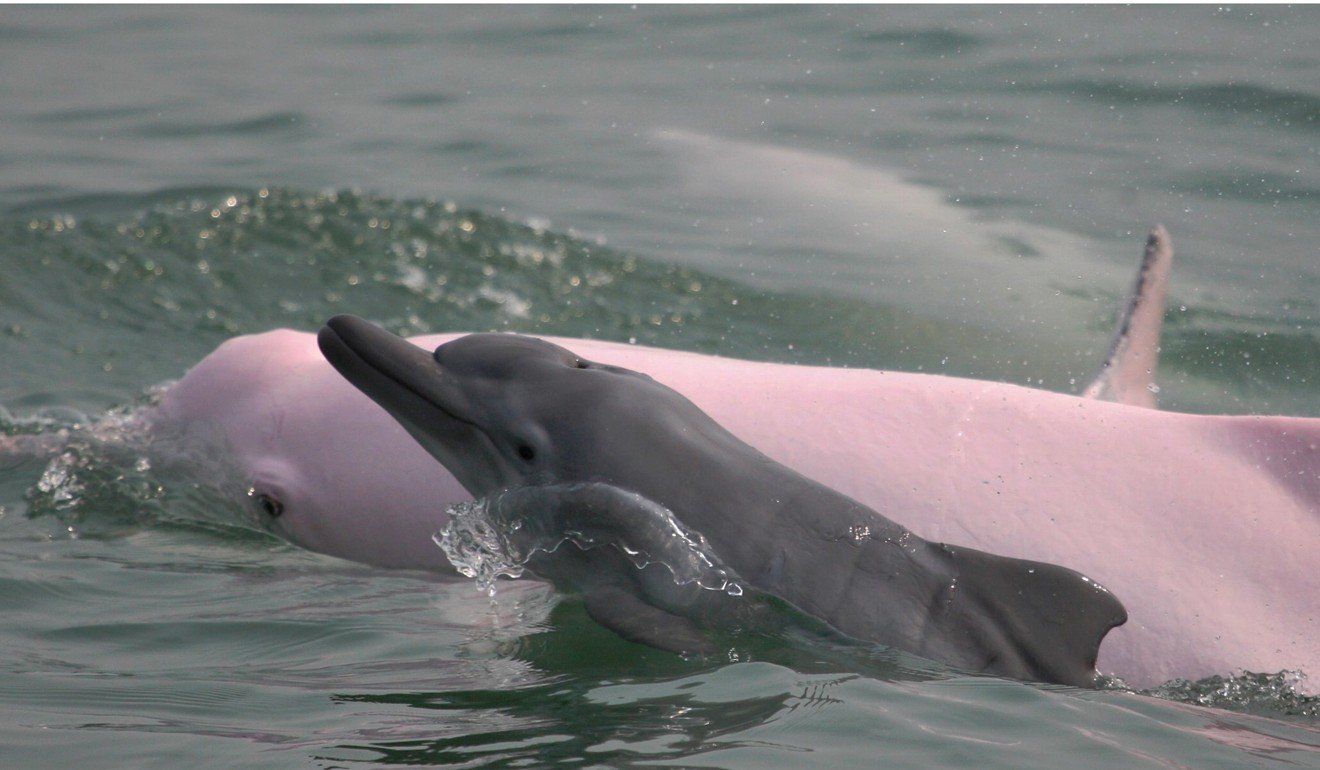
Ten of Hong Kong’s most endangered species, from animals hunted for TCM to the gigantic Plantasaurus
December 4 is Wildlife Conservation Day, initiated to promote respect for, and protection of, endangered species. We take a look at Hong Kong’s rarest flora and fauna, and the reasons why they face extinction

Wildlife Conservation Day became an annual fixture on the global calendar in 2012. This happened when the World Wide Fund for Nature (WWF) threw its support behind a call by then US Secretary of State Hillary Clinton to promote respect for, and protection of, endangered species in the face of increased trafficking and weak enforcement.
Illegal profiteering from wildlife, which includes plant and animal species, amounts to “truly stealing from the next generation”, Clinton said at the time. For the past five years, Wildlife Conservation Day has been marked annually on December 4.
Hong Kong is home to a number of endangered species. Here are 10 of the rarest.
Pangolin
This critically endangered anteater is listed as one of Hong Kong’s rarest mammals. Sightings of the creature are occasionally reported in and around the territory’s country parks, where they live in burrows or tree hollows.
Pangolins are found in Africa, South Asia and China. The creature is easily identifiable by its large, curved claws and overlapping scales, which vary in colour from brown to olive and cover its body like armour.
Poached for its meat and scales, which traditional Chinese medicine (TCM) practitioners believe are a medicinal cure-all, the pangolin is one of the world’s most hunted animals. In May, Hong Kong customs officers seized more than seven tonnes of Pangolin scales that arrived in the city in a shipping container from Africa.

Chinese white dolphin
A variety of Indo-Pacific humpbacked dolphin, the Chinese white dolphin is white or pink in colour. Found in waters around the Pearl River estuary, the mammal was adopted as a mascot for the 1997 Hong Kong handover to China. However, it faces a host of threats, including coastal development, heavy marine traffic, overfishing and water pollution.
According to records kept by the Agriculture, Fisheries and Conservation Department, 87 Chinese white dolphins were spotted in the year from April 1, 2010 to March 31, 2011. That number sank to 65 for the same period in 2015/16 and to just 47 in 2016/17. In a bid to halt the declining numbers, the Hong Kong Dolphin Conservation Society has called for a large marine park to be established off southwest Lantau, away from developments on the north of the island, to provide a safe haven for the mammals.

Incense tree
The Chinese name for Hong Kong – “fragrant harbour” – is derived from its native incense trees. The trees attract a parasitic fungus and its growth results in the formation of a resin that yields the coveted perfumed agarwood.
For centuries, agarwood has been prized in East Asian religious and artistic circles. A latter-day spike in demand has caused a huge rise in the price of the globally protected wood. Consequently, agarwood can be worth more than its weight in gold.
Due to illegal logging, the trees have almost vanished from Hong Kong’s country parks. There have also been reports of poaching from private gardens. Smuggled across the border to mainland China and auctioned, the trees fetch astronomical prices in a multibillion-dollar underground market. The incense tree is so endangered that thieves caught in Hong Kong face a jail sentence of up to 10 years.

Green turtle
The only sea turtle known to breed in Hong Kong, the green turtle is a large creature weighing up to 300 kilograms when fully grown. A maximum of just three in every thousand green turtles survive to return to breed at the beaches where they hatched.
The WWF says threats to the marine animal include over-harvesting of its ping pong ball-sized eggs and accidental deaths in nets and longlines from fishing fleets. Beach visitors, divers and other visitors should avoid disturbing turtles in the water or beaches recognised as nesting sites, the organisation says. It identifies Sham Wan on Lamma Island and Tai Long Wan in Sai Kung as important breeding grounds for the reptiles in Hong Kong.
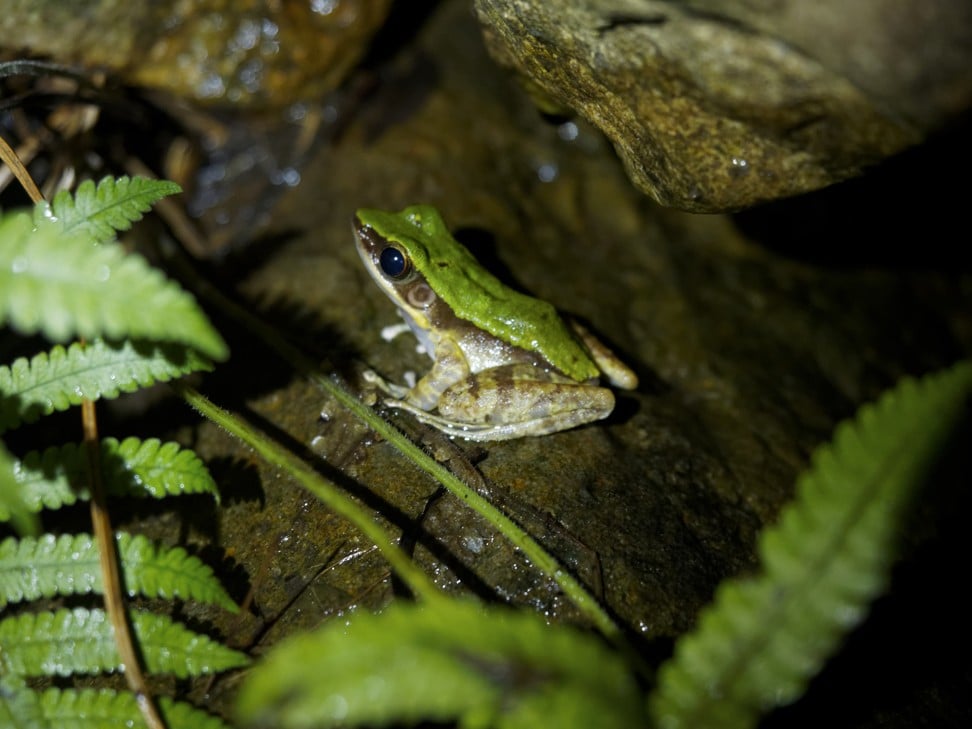
Hong Kong cascade frog
Also called the “torrent frog”, the Hong Kong cascade frog is easy to miss: the amphibian is just five centimetres long. With a round, protruding snout and black, gold-rimmed eyes, its habitat is mostly confined to mountain streams in the New Territories and Hong Kong Island, where it lays its spawn on rocky waterfalls – hence its name. The decline of the species has been linked to tree clearance and rapid infrastructure development, especially over the border in Guangdong province where it is also found.
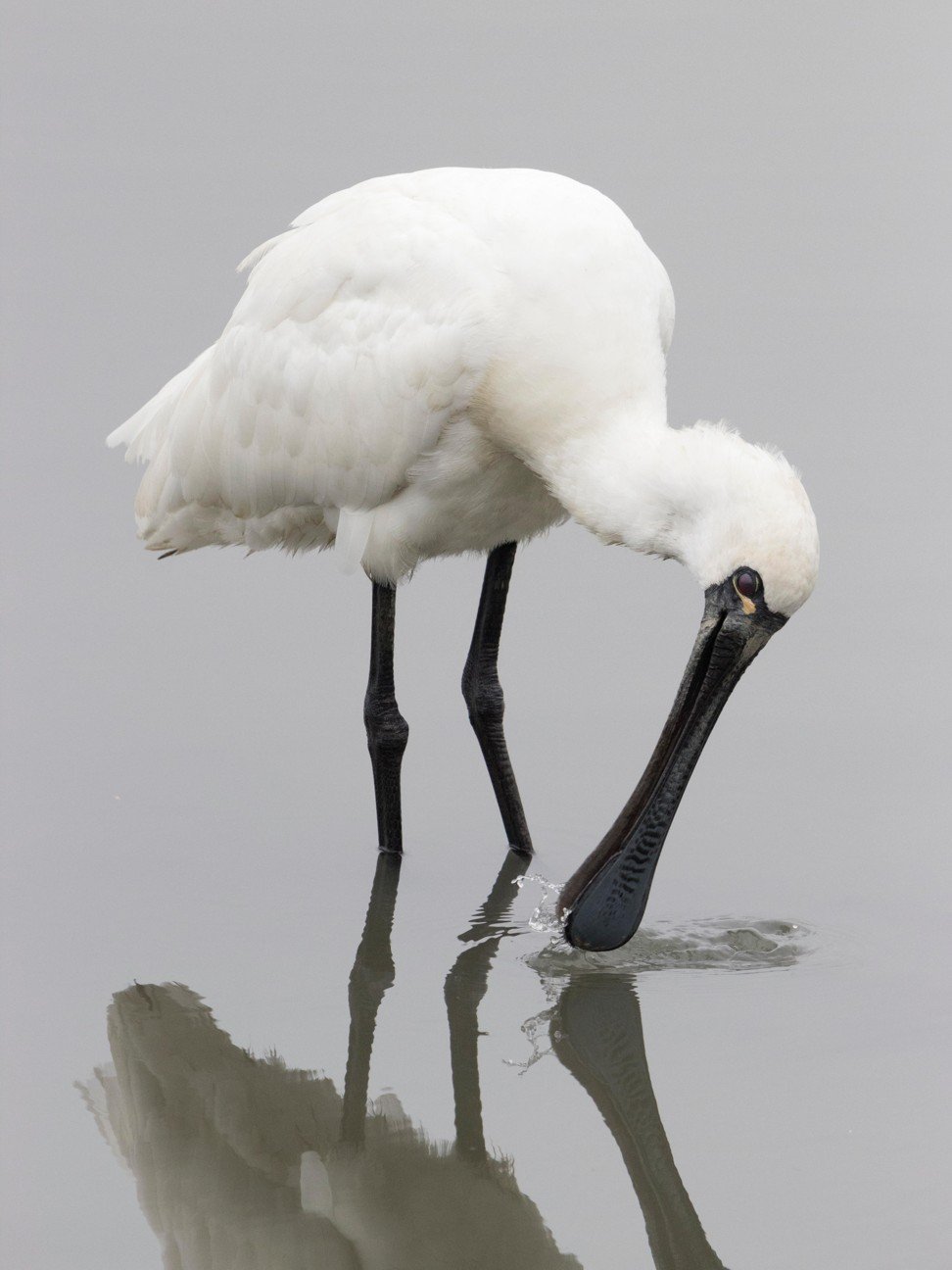
Black-faced spoonbill
Although this large wading bird does not breed in Hong Kong, the territory’s northern wetlands are a winter refuge for about 20 per cent of the dwindling population, according to the WWF.
At a height of more than 70 centimetres, the bird can easily be spotted standing or wading in the shallows. During winter, its plumage is all white, contrasting starkly with its mask-like black facial skin. In spring, it sprouts long sulphur-yellow head feathers with matching sulphur breast patches.
There remain only about 3,300 spoonbills, and the species spends the mating season on small islands along the west coast of the Korean Peninsula and in China’s Liaoning province, the WWF says. “With such a small global population, the black-faced spoonbill is inherently vulnerable to extinction,” it says.
The threat to the species, according to the WWF, is human population growth and associated agricultural and industrial activities causing habitat loss and pollution.
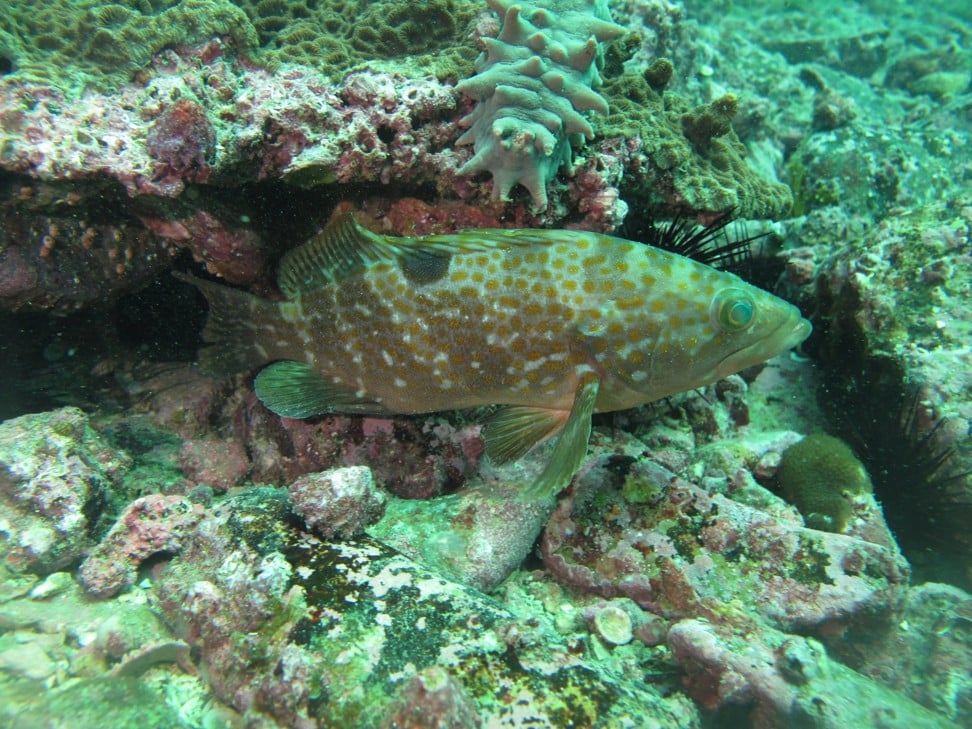
Hong Kong grouper
This large fish is vulnerable in part because it takes a relatively long time to reach maturity, so is more prone to overfishing than other species. The dire state of stocks and persistent overfishing may mean it faces extinction in the wild. For now, the spiny, blotchy species retains a grip in shallow coral communities and rocky reefs.
The WWF describes this strikingly ugly outsider as “a delicacy in danger”. The outlook is gloomy, it says. Mind you, the Hong Kong grouper is unlikely to be extinguished because marine farmers breed and raise them.
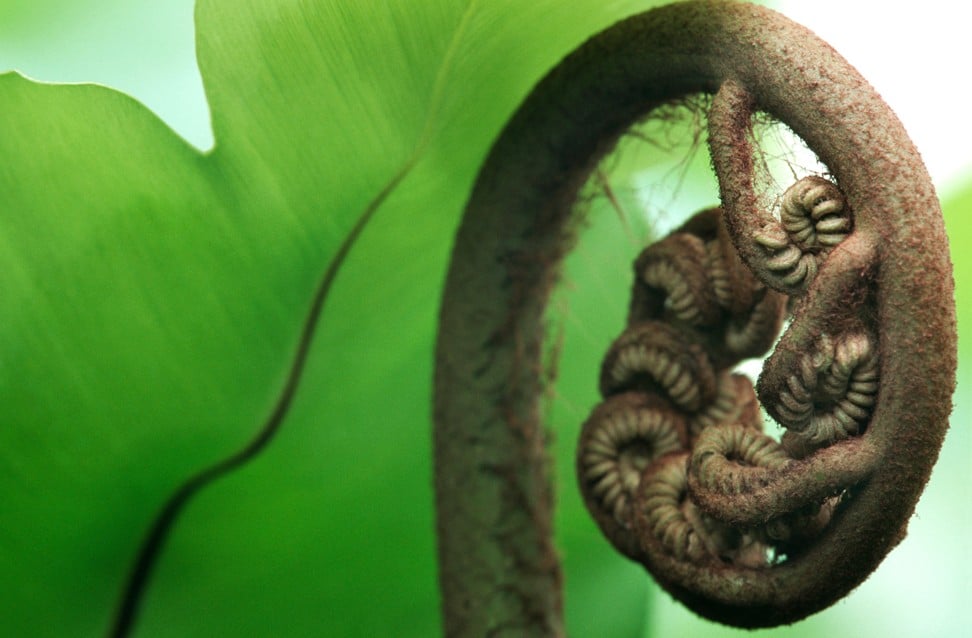
Mules-foot fern
The mules-foot fern has been around since dinosaurs walked the Earth. Also called the “king fern” and “oriental vessel fern”, the plant can grow taller than a man, with fronds that can stretch to eight metres long. WWF Hong Kong says the mules-foot – one of the world’s largest ferns – also goes by the nickname Plantasaurus.
The plant has a thick, edible trunk that is used in TCM, which has been a factor leading to its decline. The Hong Kong Herbarium database also cites plunder of the species by amateur horticulturists.
Locally the fern has holdouts on Hong Kong Island and Tai Mo Shan in the New Territories. It can also be found across China – in Guangdong, Guangxi, Guizhou, Hunan, Hubei and Fujian provinces, the herbarium says.

Grantham’s camellia
Another endangered plant, Grantham’s camellia can reach a height of eight metres. The ornamental plant, with giant white flowers measuring more than 12 centimetres in diameter, was first discovered in Hong Kong in a ravine on Tai Mo Shan by the Agriculture, Fisheries and Conservation Department in 1955.
Grantham’s camellia was named in honour of the then governor of Hong Kong, Sir Alexander Grantham. Classified as vulnerable, its population has been estimated at 3,000 mature plants sparsely distributed in the mountains. The plant’s future is threatened by illegal collection and land clearance. Attempts are being made to conserve and cultivate the plant, and examples of Grantham’s camellia can be seen growing at the Shing Mun Arboretum.
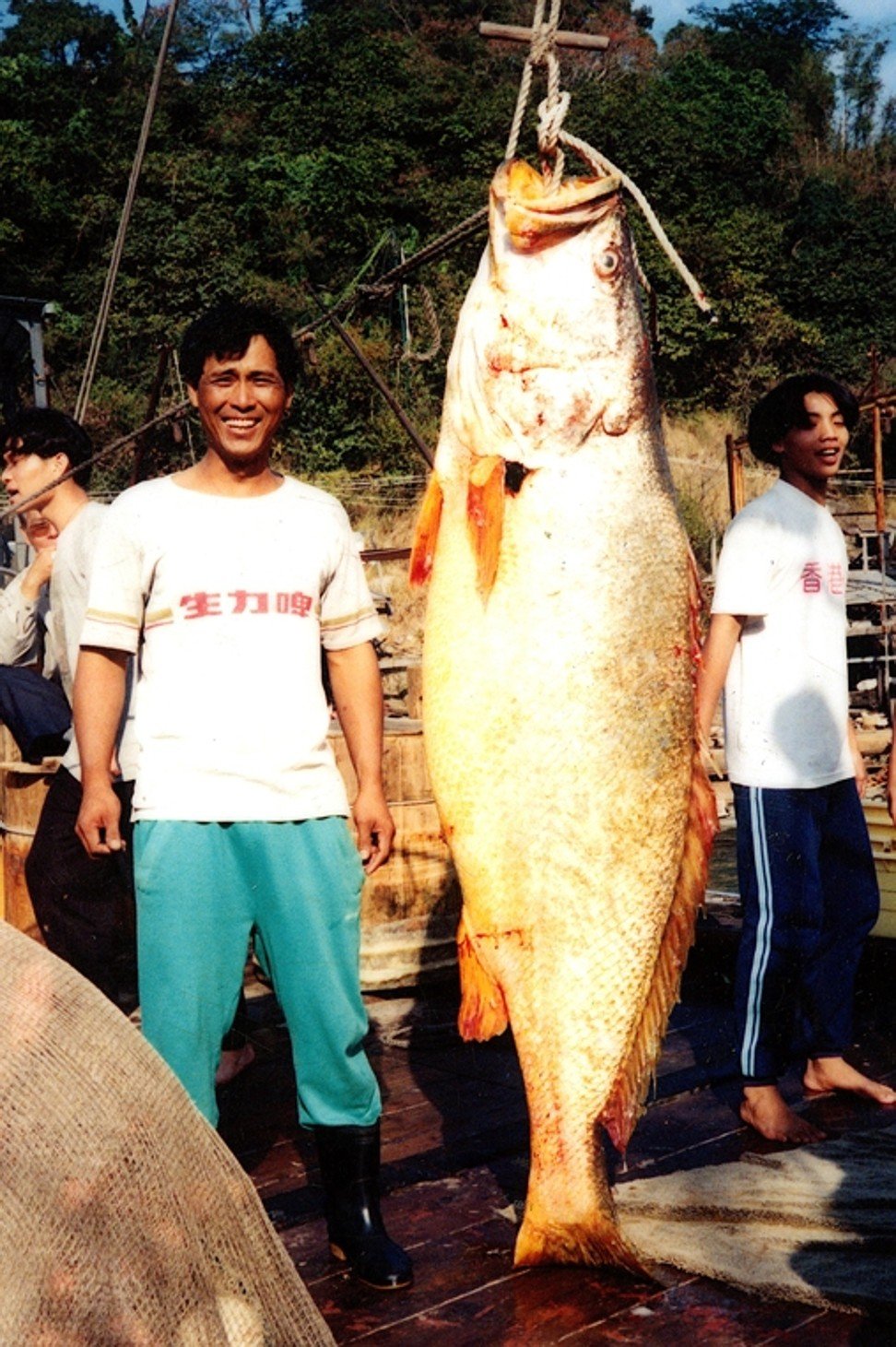
Chinese bahaba
A fish that was once common in local waters, the Chinese bahaba has been severely depleted in recent decades. Overfishing of the species – found from south of the Yangtze River to the Pearl River Delta – stems from the value attached to its maw, or swim bladder, which is prized in traditional Chinese medicine and worth more than its weight in gold.
Also known as the “giant yellow croaker” or “yellow-lip fish”, the bahaba can reach two metres in length and weigh 100 kilograms. Although it is listed as critically endangered by the International Union for Conservation of Nature and protected in China, the bahaba does not enjoy the same status in Hong Kong.